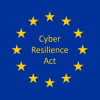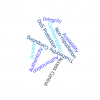The nZeb Smart Home is Greece’s first house that combines advanced construction materials with intelligent Information and Communications Technology (ICT) solutions, resulting in a future-proof, sustainable, and active testing environment. Since March 2017, the Smart Home has been recognized as the official European Commission Digital Innovation Hub (DIH). The Smart Home is a single, two-floor residential building located at the CERTH/ITI premises, 6 km away from the metropolitan area of Thessaloniki, Greece. It is divided into two principal sections, the central household and three ancillary control rooms on the right and left wings of the building (Figure 1).
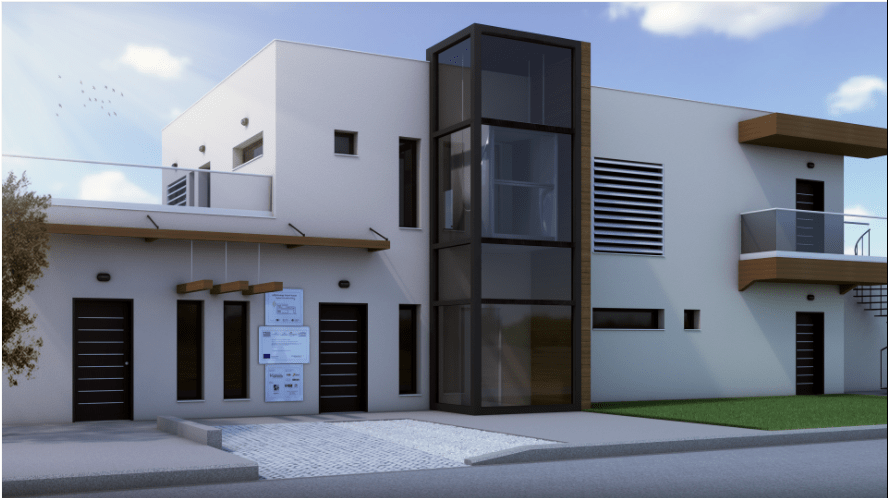
Figure 1: nZeb Smart Home at CERTH/ITI premises
The Smart Home infrastructure offers a variety of smart IoT-based technologies for diverse application domains, with a particular focus on Energy, Health, Cyber-Physical Systems, Robotics, Big Data, and Artificial Intelligence, as illustrated in Figure 2. The IoTAC Smart Home Pilot is focused on the security-critical Energy and Healthcare domains from the prosumer’s perspective.
The energy management module offers real-time energy monitoring from producer and consumer perspectives and advanced control and grid-connected capabilities supported by an automated decision support system. Underlying infrastructure includes but is not limited to IoT-enabled devices, occupancy-driven intelligent management systems, and on-grid and islanded operation frameworks for energy consumption, generation, and storage.
The health management module provides smart health services such as continuous and connected care, patient monitoring, wellness and quality of life integrated services, and real-time predictive analytics. Advanced technologies such as AI-driven Conversational Agents and Virtual Assistants support efficient self-management of chronic diseases and timely information to healthcare professionals or caregivers.
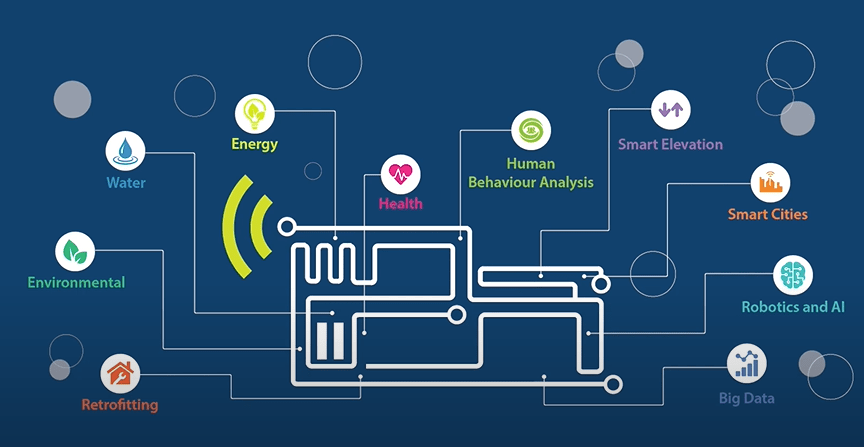
Figure 2: Smart Home application domains
The unified ITI Smart Home platform follows a centralized client-server implementation approach [1]. Backend services are accessible via well-defined RESTful APIs, while a web-based dashboard allows user interaction with the underlying infrastructure. The IoT Smart Home dashboard acts as complete monitoring and control framework, just like a management system. More specifically, the platform provides several software applications in the form of standalone widgets, which allow the user to monitor data retrieved from different sensors through easy-to-understand visualizations and invoke actuators and activate appliances. Energy and Health modules can be accessed through the ITI Smart Home dashboard, as shown in Figure 3. By invoking Energy and Health services, users exchange sensitive information and have the possibility to activate and control various smart home appliances, which could introduce potential security threats.
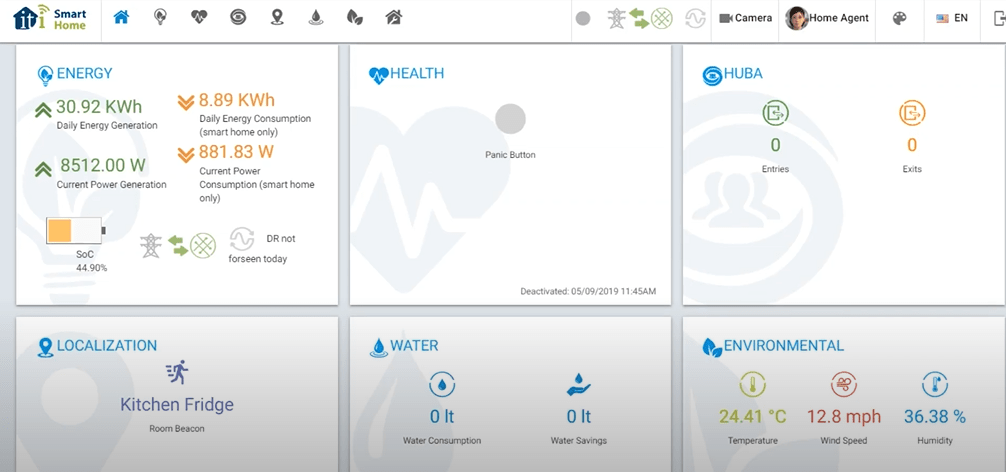
Figure 3: ITI Smart Home dashboard home page
Information Security is a major concern for any ICT system, and the ITI Smart Home is not an exception. Energy and Health modules apply and maintain diverse controls across the wide network of heterogeneous interconnected IoT sensors and actuators. Smart Home inhabitants have the possibility to switch on/off appliances using dedicated software services. Besides, sensitive information such as energy consumption or outputs of healthcare sensors is constantly exchanged between build-in services via the Smart Home network. This implies a large attack surface and a significant challenge for appropriate security controls across the whole system. The IoTAC project aims to provide an advanced IoT security focused IoT architecture based on the ISO/IEC 30141 foundations. CERTH is going to incorporate the runtime monitoring features of the IoTAC framework (e.g., secure IoT gateway, honeypots, advanced attack detectors) into the Smart Home ecosystem. Besides, the newly developed applications and services will be evaluated and certified by the Software Security by Design platform before being integrated into the Smart Home ecosystem. We hope that adopting the IoTAC Reference Architecture and including novel hardware and software components will significantly improve the overall Smart Home security level.
References:
[1] ITI Smart Home https://smarthome.iti.gr/

